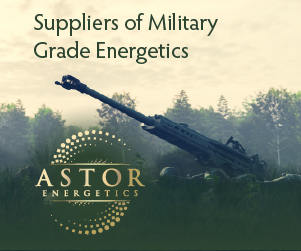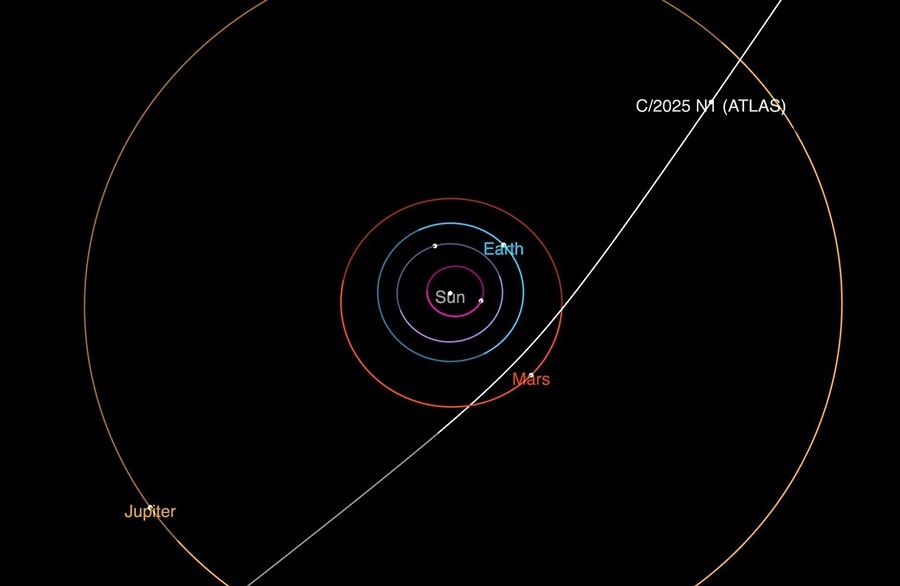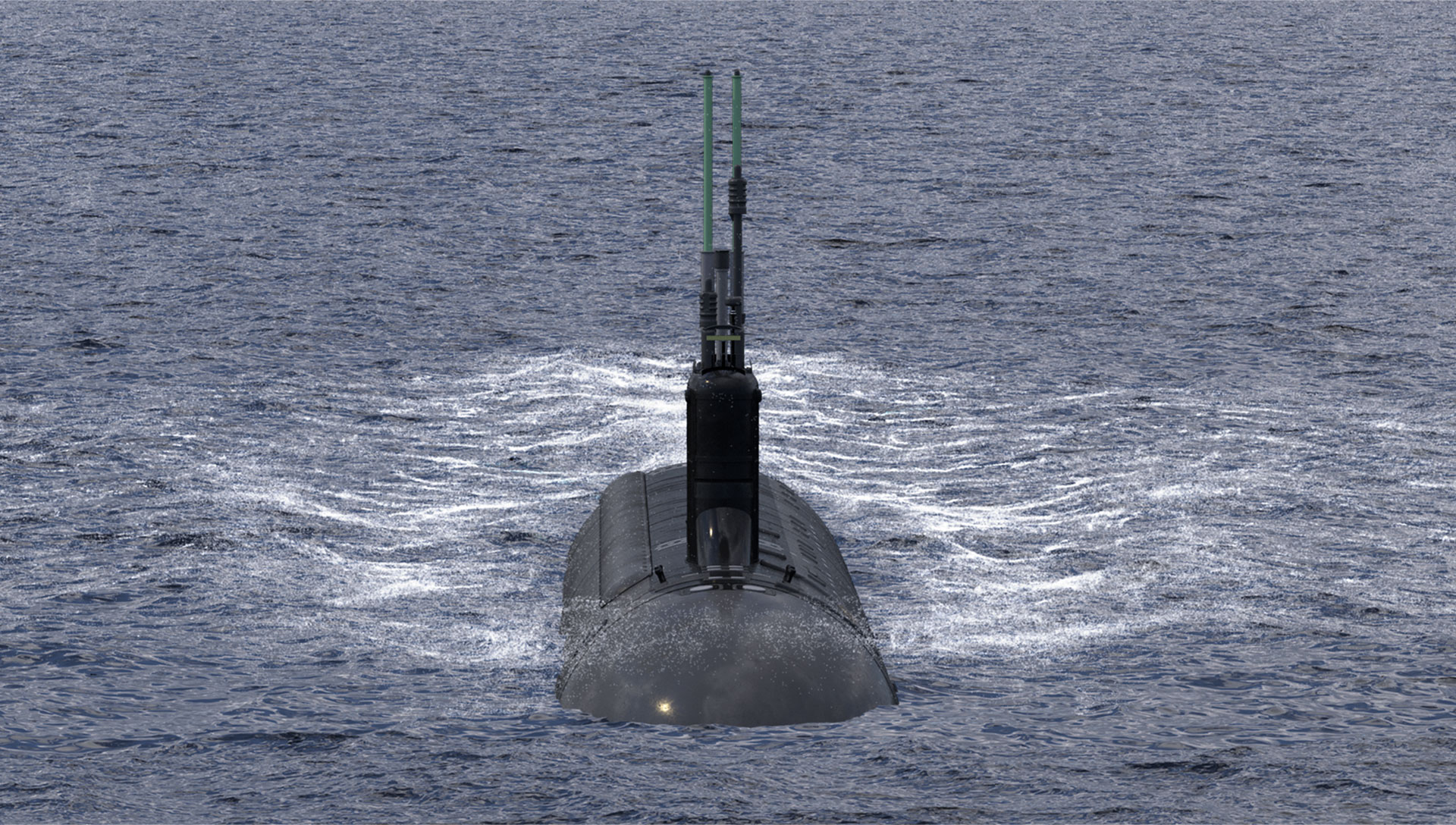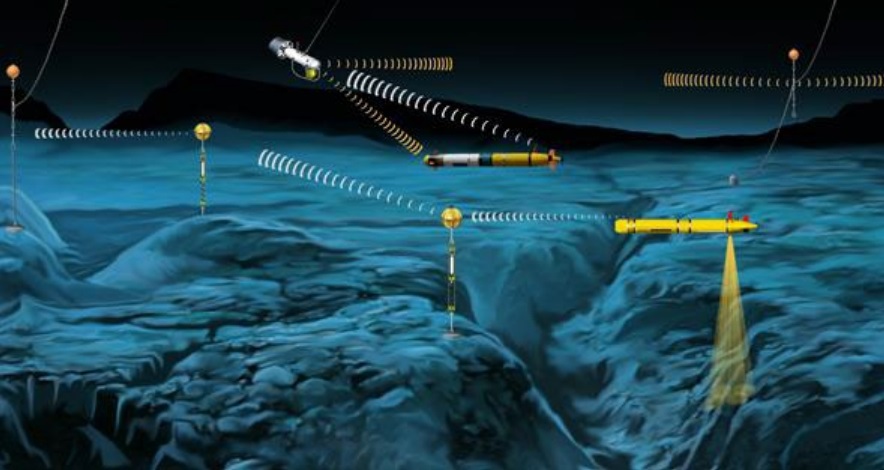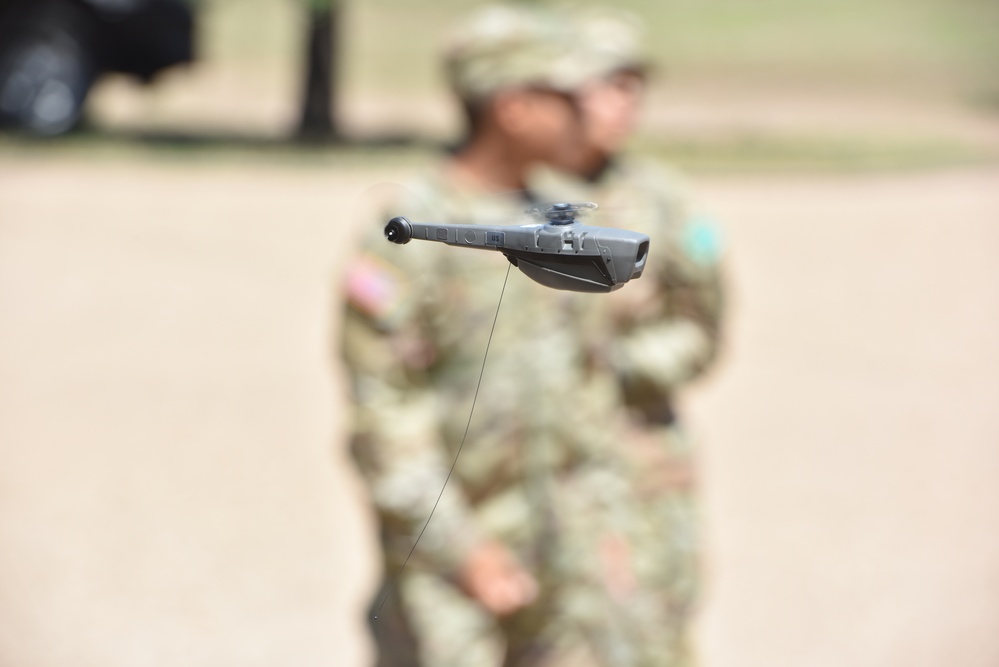Introduction
With the recent speech of Belarusian President Aliaksandr Lukashenko, about the plan to manufacture the Soviet Sukhoi Su-25 jet aircraft for the Russian military, a much greater light is thrown on the current Belarusian-Russian military cooperation (Belta, 2023). As stated by Lukashenko, these Soviet aircrafts “proved themselves” in Ukraine. According to The Military Balance 2022 data published by the International Institute for Strategic Studies (IISS), the Russian Armed Forces, including the Russian Air Force, Russian Naval Aviation, and other branches, were using around 200 Su-25 of different modifications (Adamowski, 2023; IISS, 2022). Moreover, just a few weeks before the Russian invasion of Ukraine in February 2022, mutual intensive military exercises took place on Belarusian territory (Atlantic Council, 2022; Mallet & Foy, 2022). When the exercises were finished, Russian soldiers, according to the Minister of Foreign Affairs Vladimir Makei, would leave Belarus. The Ministry of Defense, however, later denied this, saying that they would stay “for an unknown period of time” eventually allowing Russian forces to launch an offensive by the shortest land route to Kyiv, Ukraine (BBC, 2022, para. 14).
During the invasion, not only did Belarus let Russian forces launch a land attack on Ukraine from their territory, but also gave full access to its military air bases and facilities, and permitted Russian rocket launchers to be stationed on its territory to fire at Ukrainian targets (Council of the EU, 2022). Belarus’ participation was denounced by Western nations, and as a result, sanctions were imposed on Belarus by the European Union, the United States, the United Kingdom, and other G20 member countries (Curtis, 2023).It can be seen as alarming for the EU countries to see how close the military relationship is between the two countries. With the ongoing military cooperation between Russia and Belarus, the obvious dependence of Lukashenko’s regime on Russia (Coes, 2021; Ferris, 2023) as well as the progress of the war in Ukraine, the question arises whether Belarusian support will remain only at the political and diplomatic level and not turn itself into direct military support.
The Su-25
The Su-25, also known by its NATO reporting name “Frogfoot”, is a comparatively small and simple ground attack aircraft. The development started in 1968 at the Soviet design office OKB-51, which is today known as the Sukhoi Design Bureau. The prototype made its first flight in February 1975 and was followed by serial manufacturing three years later (Mladenov, 2013). The wings of this aircraft are straight profile and its four engines allow it to reach speeds of up to 950km/h. Moreover, the aircraft can transport up to 4 tons of ammunition, including unguided missiles, bombs, and machine guns, and can conduct precision strikes on ground targets using laser-guided weapons. Its high speed, maneuverability, and ability to survive attacks by air defense systems make this aircraft very effective in supporting ground troops (Myers, 2018, p. 91-103).
Apart from its offensive features to support ground forces and provide counterattacks on enemy positions, the defensive abilities of this aircraft are very important. Its durability and capability of operating from unpaved airfields are one of the reasons why the aircraft is still heavily used today. It is equipped with a strong armor protection system for retroreflection of radar waves, which allows it to survive attacks from anti-aircraft weapons and other defensive systems. (Airforce Technology, 2021). An upgraded version of the aircraft called the Su-25SM3 is also equipped with modern avionics. The Su-25 has been deployed in many conflicts around the world, including the Soviet war in Afghanistan, the Nagorno-Karabakh war, the war in Georgia, and the Ukrainian conflict. It has also been used in the fight against ISIS in Syria and Iraq. Currently, the Su-25 is still in service in many countries, including Russia, Ukraine, Georgia, Belarus, Iran, and others. (Mladenov, 2023). According to industry reports, the Belarusian military reportedly employs 67 Su-25 jets, making the fighter the most common combat aircraft in its fleet (Adamowski, 2023).
During the Ukrainian war, the Russian military is employing the Su-25s and Su-34 jet fighters together in pairs, as they are better suited to complement each other than some multirole warplanes. It was reported that these often work together during the Russian defensive combat missions in Donbas. On the other hand, Russian forces use this aircraft equally on the offensive, namely to destroy Ukrainian defense positions and military infrastructure. Furthermore, these deployments have also been seen to focus on some civilian targets, such as hospitals, schools, and residential buildings (Davies & Murphy, 2023; U.S. Department of State, 2022). That being said, the Russian Air Force also uses an improved version of the Su-25 (Su-25SM3) that is equipped with a GLONASS system that allows the aircraft to navigate and operate high-precision armament (Tiwari, 2023).
The Su-25 is also used, on a much smaller scale, by the Ukrainian Air Force for close air support missions and attacking Russian ground positions with the escort of MiG-29 fighter aircraft (Kadam, 2023). The Ukrainian armed forces try to defend against the Russian Su-25s using anti-aircraft systems, including MANPADS, which have been identified as the backbone of Ukrainian air defense, and also medium-range missile systems. (Satam, 2022). However, as outlined above, the Su-25s are relatively fast and defensive aircraft, which means they have managed to evade many Ukranian attacks. The Su-25 and its advanced version are therefore a crucial element of Russia’s military strategy in Ukraine, and Belarusian assistance in its production can give the Russian side a significant offensive advantage.
Russian-Belarus military cooperation
First, as already mentioned, Belarus provides its territory and military bases to Russia, but the cooperation does not stop there (Council of the EU, 2022). Belarus also supplies Russia with military equipment, including tanks and ammunition, provides military training, health care, and logistics, as well as other services such as accommodation for Russian soldiers and repairing military equipment (Radar Armenia, 2022). Both leaders have also cooperated on security and military matters within the framework of the Russia-led Collective Security Treaty Organization (CSTO) and the supranational Union State. Moreover, in February 2022, before the Russian invasion of Ukraine, the new version of military doctrine 2021 was approved (McDermott, 2022). These documents supersede the previous iteration signed into law in 2001 and introduce many more factors that “negatively affect the security of the union of the two countries” (McDermott, 2022). The eighteen-page document essentially strengthens Kremlin’s position and indicates that the coverage of all possible military actions will be controlled by Russia or at least coordinated with it.
In early December 2022, Belarus and Russia signed a protocol to amend the agreement on joint regional security from 1997 (Belta, 2022). The original agreement established a framework for cooperation in regional security between Russia and Belarus, including joint defense measures and military exercises (Belta, 2022). Similar to the new version of military doctrine within the Union States, this amendment could be interpreted as a response to perceived security threats from NATO and other Western powers (Giczan, 2022; TVP World, 2022). Even though the exact content of the amendments remains confidential, it is a clear sign that the cooperation between the two countries is moving forward and Belarus after almost a year of war in Ukraine, still stands by Russia as its closest ally.
Later that month, on Putin’s visit to Minsk, both leaders discussed “a single defense space” in the region that can be translated into even closer joint defense activities and more frequent military exercises (bne IntelliNews, 2022). It was also argued that it means that Russian troops would remain on Belarusian territory permanently. Furthermore, Lukashenko later announced the start of the combat duty of Iskander-M and the Russian S-400 air defense missile system (bne IntelliNews, 2022).
In early 2023, joint military exercises took place on Belarusian soil with an emphasis on urban warfare later followed by air force drills. According to the first deputy state secretary of Belarus’ Security Council, Pavel Muraveyko, these exercises were purely defensive and their main purpose was to improve the interoperability of training and combat tasks (Monaghan, 2023).
It is important to realize that the decision to deepen military cooperation between Russia and Belarus depends on many factors, primarily on the course of the war. While Belarus has traditionally had close relations with Russia, it also tries to maintain a certain degree of independence. This can be seen in the area of economic policy. Belarus has maintained a mixed economy that includes state-owned enterprises and some limited private enterprises (Papko & Kozarzewski, 2020). While Belarus has received economic assistance from Russia, the country has also tried to diversify its economic relationship by pursuing trade agreements with other countries such as China and the European Union (Dyner, 2018; Rinna, 2021). Belarus additionally pursues its foreign policy, taking stances that differ from those of Russia. Lukashenko has kept ties with nationals such as Iran and Venezuela which whom Russia has had more strained relations (Belta, 2023). The last example may be the energy policy where Belarus has sought to diversify its sources of energy and in 2020 started importing oil from Norway to reduce its dependence on Russia (Reuters, 2020).
Nevertheless, Belarus still remains largely dependent on Russia. And at the same time, Lukashenko faces the question of what his relationship with Russia will be in the long term. However, given the existing dependence of the Lukashenko regime on Russia and the economic ties between both countries, it can be assumed, that the Belarus-Russia military cooperation will continue to grow.
Capabilities of the Belarusian Army and the threats to the EU
Various sources report that Putin may try to increase pressure on Lukashenko to actively participate in the war (Seibt, 2022). However, it is necessary to recognize this as part of the broader picture, as such a decision is very risky for both Belarus and Russia. The ability of the Belarusian army to support Russia in a direct battle without further undermining the stability of Lukashenko’s regime seems very unlikely. The Belarusian society is overwhelmingly against the country’s participation in the war, as sources from August 2022 reported that only a third of Belarusians supported Russia’s war, whilst 93% opposed a potential deployment of Belarusian soldiers to fight in Ukraine (Chatham House, 2022). The course of the war so far, and the number of Russia’s losses, have only strengthened this view (Bradley, 2023).
Apart from the disapproval of society, the capacities of the army must also be taken into account. The Belarusian army is certainly not enormous. It has about 48 000 troops, (of which 6 150 are in special forces), and sources report that no more than 10 000-15 000 troops serve in the Belarusian Ground Forces day-to-day in peacetime (Reuters, 2023; BBC, 2022), it can be argued that only a small part of the Belarusian army is professionally trained and relatively well-equipped (Yeroma, 2022). Sending them to Ukraine could leave president Lukashenko with no reliable army in Minsk to protect him and in the context of mass demonstrations in 2020-2021, that would create the ideal opportunity to reignite public protests and possibly even lead to the overthrowing of his regime. For this reason, Lukashenko has previously rejected the involvement of Belarusian soldiers in the war and has emphasized that Belarus will join the war, only if any Belarusian soldiers were to be attacked by the Ukrainian army (Reuters, 2023). However, his regime is almost entirely become dependent on Moscow for its political survival and risks becoming expendable if in a potential scenario, he refuses direct Russian demands to join the war. As a result, the need for balancing acts on Lukashenko’s side makes the situation inherently unpredictable, and even though direct military support might seem unlikely for now, the situation may change rather quickly.
In the case of the European Union, Belarus’ involvement in the war would deepen regional instability and further threaten the security and interests of the European Union. The direct support of the Belarusian military in the war would likely trigger another wave of emigration from the country that the European Union countries would have to deal with. Another area that would be strongly affected is the economy. Belarus is an important transit point for the transport of energy and goods between Russia and Europe (Laurila, 2003) and involvement in the war could disrupt these flows and further disrupt economic stability in the region. Last but not least, the violation of human rights, which the European Union has pointed out several times (Council of Europe, 2023) could continue to deepen in connection with the war. All of this makes Belarus a military, and a general security threat, in the short, medium, and long term to its NATO neighbors, European Union, and Ukraine itself.
This article was originally published on the Finabel website.







